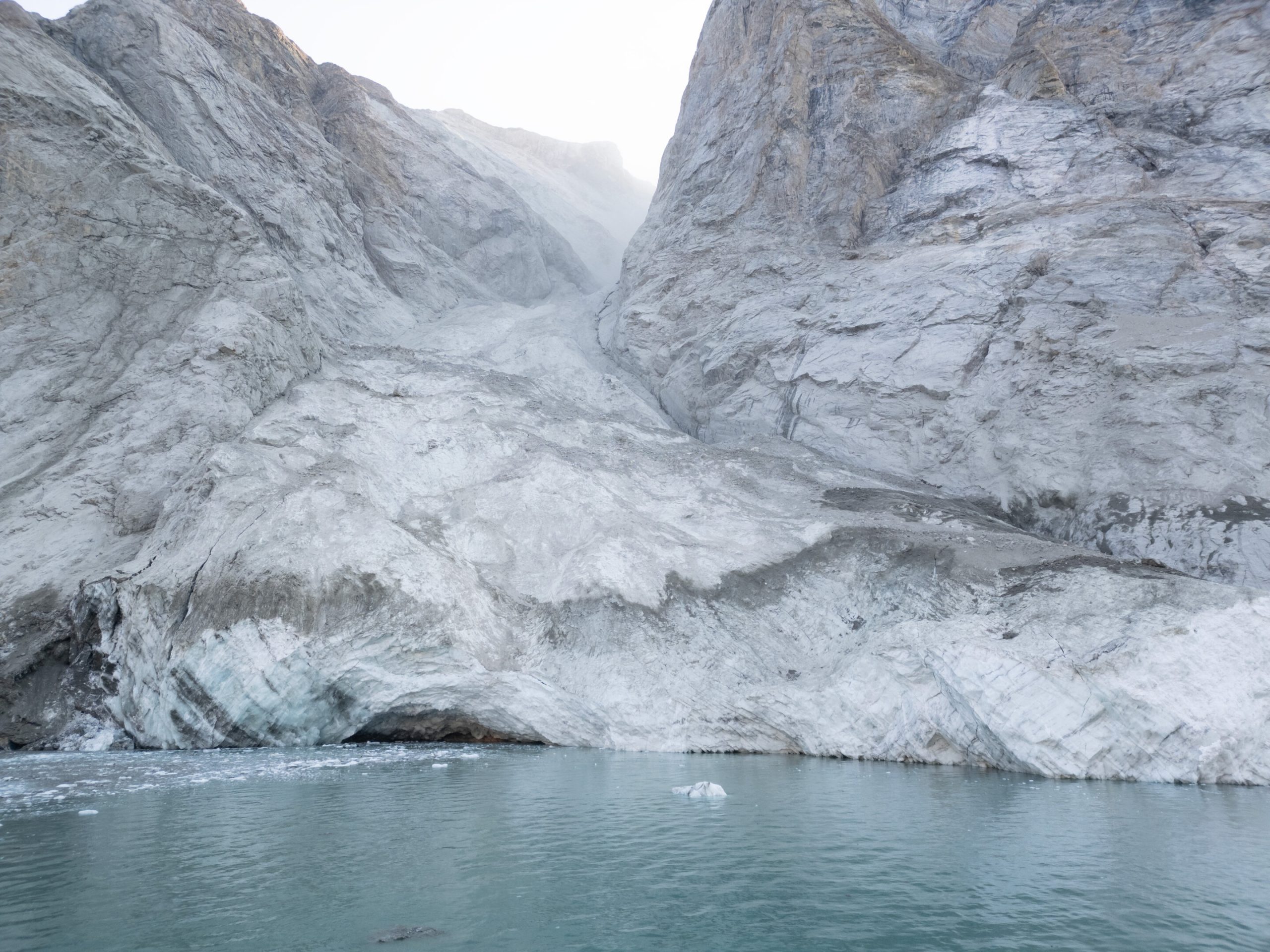In September 2023, a massive landslide and tsunami in Greenland caused an unusual seismic signal that lasted for nine days, following the collapse of a glacier. This seismic activity was traced back to a glacier collapse, driven by climate change.
A global team of 68 scientists from 40 institutions across 15 countries confirmed the source of this seismic event on September 5. While no human casualties were reported, the event highlights the increasing risks posed by climate change, with future glacier collapses anticipated.
The seismic waves generated by the landslide were remarkable for their longevity and reach, traveling from eastern Greenland to Antarctica in under an hour. These waves continued oscillating every 90 seconds, making the Earth resonate like a “musical instrument.”
Initially, scientists classified the event as a “USO” (Unidentified Seismic Object) before solving the mystery. Their findings, which were published in the journal *Science*, describe this as the first recorded instance of such a long-lasting, globally traveling seismic wave at a single frequency.

Greenland Landslide Triggers Record-Breaking Seismic Waves, Highlights Climate Change Risks
The landslide sent 25 million cubic meters of rock and ice into Dickson Fjord, producing a splash that sent water surging 655 feet into the air and created a 360-foot wave that traveled six miles across the fjord.
Although no human witnesses observed the event directly, its powerful waves stripped vegetation and soil from the fjord’s walls and continued to damage cultural and archaeological sites 43 miles away, with waves still reaching heights of 13 feet. This event happened in an area frequented by tourists, reminding scientists of a similar landslide-triggered tsunami in 2017, which claimed four lives in western Greenland.
Researchers found physical evidence of the tsunami’s impact when they visited the site, including a dark sediment band on the glacier’s face, marking where the tallest waves had reached. The international collaboration behind this study was key to solving the mystery.
Lead author Kristian Svennevig emphasized how the interdisciplinary effort helped the team understand the seismic signal and its connection to the landslide, a historic first for Greenland.
The event also underscores the broader implications of climate change, particularly the ongoing risk of ice sheet loss and its impact on global sea levels. Scientists at NASA have warned that rising sea levels will lead to municipal infrastructure failures and population displacements, especially in coastal areas.
This Greenland event serves as another stark reminder of the challenges posed by climate change, with consequences for both local environments and global populations.























